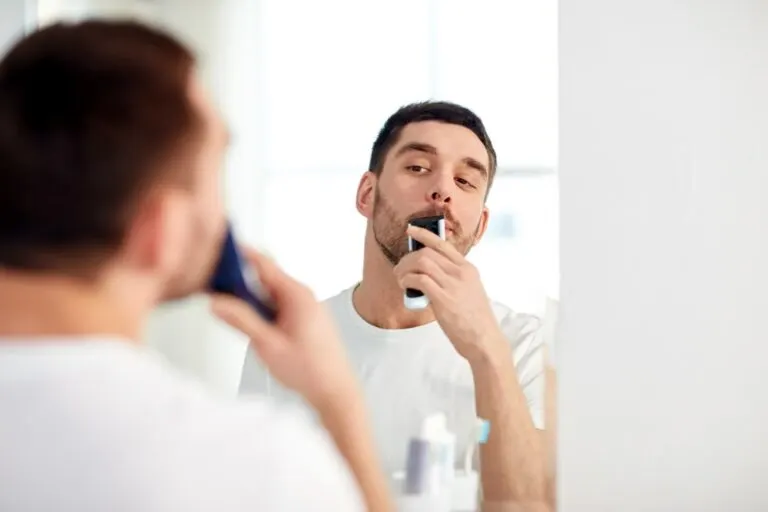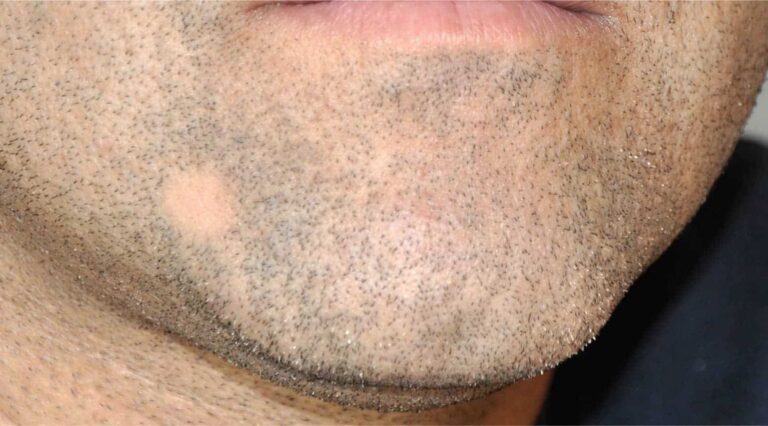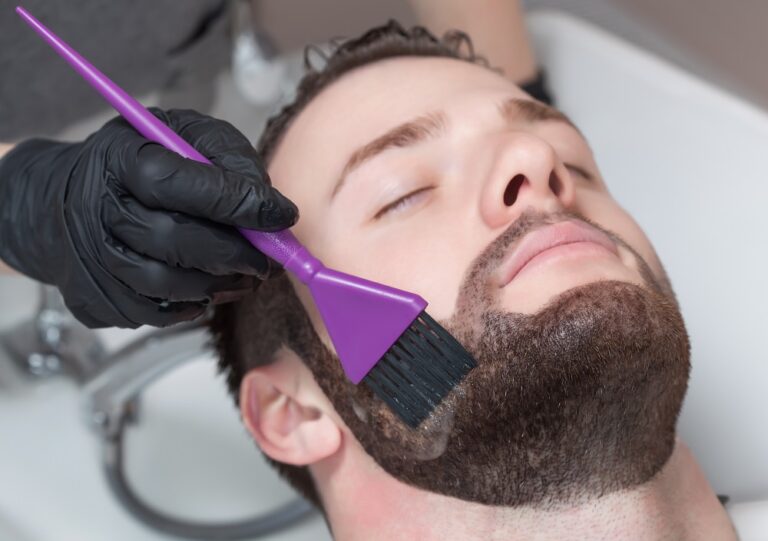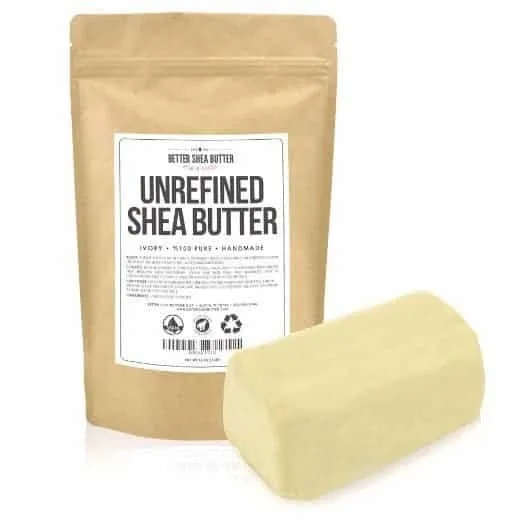How to Wash Your Dirty Beard the Right Way
One of the most basic but essential steps in beard care is washing. Washing your beard helps to remove dirt, oil, and dead skin cells, while also preventing dandruff and itchiness.
When you think about it, men’s beards are constantly exposed to all kinds of different substances. Almost everything that you are exposed to can find its way into your beard as particles in the air.
On top of that, the longer beards go unwashed, the more oils build up, which makes them even dirtier. It is essential to prevent oils from building up and making your beard look and feel greasy.
Over time, all of those particles can turn into some pretty nasty germs and forms of bacteria. No one wants to have a massive colony of potentially harmful bacteria meandering around on their face.
Essential Tools For Washing Your Beard
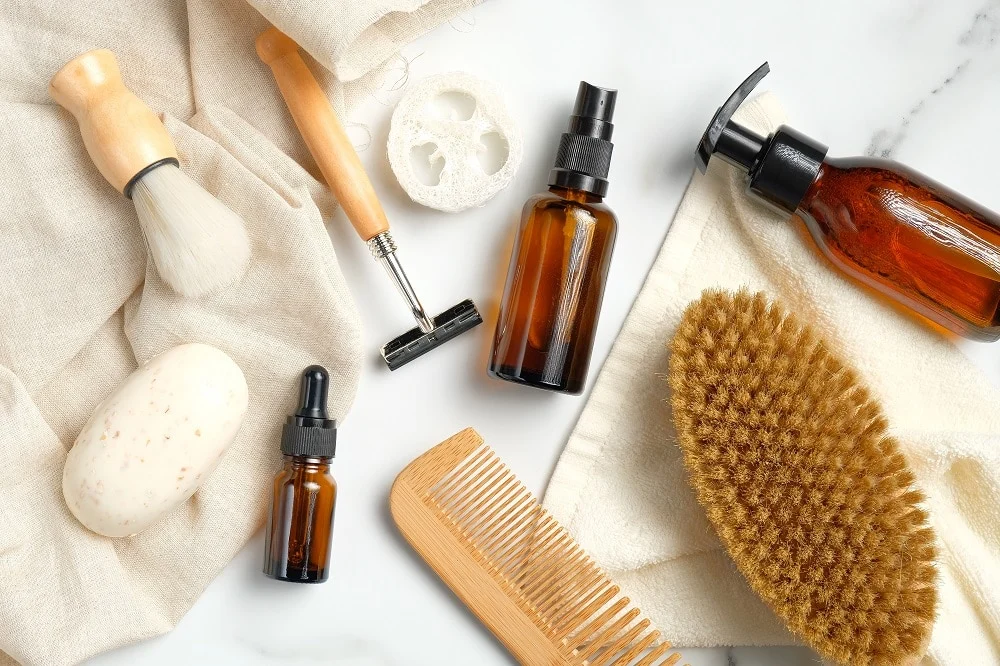
To make the process of cleaning your beard easier and more effective, there are several essential tools you can use. Here are some of the most important tools for cleaning your beard:
Beard Shampoo
One of the most basic tools for cleaning your beard is a good quality beard shampoo or beard wash. Regular shampoos can be too harsh for your facial hair. A good beard shampoo should be able to cleanse your beard without stripping it of its natural oils. Never use regular shampoo on your beard.
There are several factors you need to take into account before buying a beard wash. These factors will help ensure that the product you choose is best suited for your specific beard type and needs.
- Ingredients: Opt for gentle, natural ingredients like aloe vera, chamomile, and essential oils (e.g., argan, jojoba, tea tree oil).
- Skin sensitivity: Choose hypoallergenic, sulfate-free, and fragrance-free products if you have sensitive skin.
- Beard type: Select a beard wash formulated for your specific beard type (e.g., a thick beard needs a more potent formula, fine beard suits a milder beard wash)
- Scent: Pick a scent that you find appealing and suits your style, or go for a fragrance-free or mildly scented option if you have sensitive skin or allergies.
- Budget: Find a beard wash that fits your budget while still offering quality and effectiveness. Invest in a high-quality beard wash that will last longer and deliver better results than compromising on quality for a lower-priced option.
Beard Comb
A high-quality beard comb will keep your beard looking neat and tidy by detangling any knots. It can also help to distribute natural oils throughout your beard, which will keep it healthy and soft.
Bristle Brush
To clean and exfoliate the skin underneath your beard you need a beard brush. It removes dead skin cells and unclogs your pores, preventing ingrown hairs and acne breakouts.
Beard Oil and Beard Balm:
Beard balm or beard oil conditions your beard to prevent dryness and avoid breakage.
Beard Conditioner:
If you want to go that extra mile, try using conditioner on your beard. Of course, you should only use a conditioner that is designed specifically for beards. By using conditioner, your beard will be cleaner, smoother, and healthier.
Step-by-Step Guide to Washing Your Beard
Step 1: Preparing Your Beard For Wash
Before you begin washing your beard, ensure you have the right tools, such as a beard wash, a comb or brush, and a towel. Follow these steps to wash your beard:
Brush Your Beard: Before washing your beard, it is important to brush it to remove tangles and knots. Once it is detangled, wet it with water.
Choose the Right Water Temperature: Using hot water to wash your beard can strip away natural oils, leading to dryness and irritation.
Step 2: Washing Your Beard
- Apply Beard Wash: Use a beard wash specifically formulated for facial hair to prevent dryness, irritation, and hair breakage. Take a small amount of beard wash and massage it into your beard gently.
- Rinse Thoroughly: Rinsing your beard thoroughly is crucial to ensure that all the shampoo is removed and that there are no traces left behind. Any residue left on your beard may cause itchiness or dryness, so make sure to rinse your beard thoroughly.
Step 3: Beard Conditioning: A Must-Do Step
After washing your beard, it’s crucial to condition it to keep it soft and manageable. A quality beard conditioner or beard oil helps moisturize your beard and the skin underneath. Apply the conditioner or oil to your damp beard, gently massaging it in to ensure even distribution. Leave it in for a few minutes before rinsing with cool water to seal the hair cuticles and lock in moisture.
Step 4: Drying and Styling
- Dry Your Beard: Avoid using a hairdryer, as it can dry out your beard and cause split ends. Gently pat your beard dry with a towel. Avoid rubbing your beard vigorously with a towel, as this can cause damage to your facial hair.
- Apply Beard Oil or Balm: Using beard oil or balm after washing helps keep the beard moisturized and healthy. Take a small amount of beard oil or balm and apply it to your beard, ensuring that it reaches the skin beneath the beard.
- Brush Your Beard: Lastly, Use a beard brush or comb to style your beard.
You can now enjoy your clean beard.

Try to make a habit of washing your beard, drying, brushing, and applying a product.
Clean, dry, brush, and apply!
Benefits of Washing Beard

Dirt and bacteria aside, there are plenty of other benefits to keeping your beard clean.
Maintaining hygiene
Just like the hair on your head, your beard accumulates dirt, sweat, and oils throughout the day. Washing your beard regularly helps remove these impurities, keeping your facial hair clean and fresh.
Promoting beard growth
A clean beard creates a healthy environment for hair growth. Regular washing helps prevent clogged pores and reduces the likelihood of ingrown hairs, promoting a fuller, healthier beard.
Preventing skin issues
Washing your beard also helps prevent skin issues like acne, dry skin, and beard itch. It eliminates bacteria and dead skin cells, reducing irritation and redness.
Don’ts of Washing Beard
- Overwashing your beard, which can strip it of natural oils.
- Use a harsh shampoo or body wash instead of a beard-specific product.
- Forgetting to condition your beard after washing.
- Rubbing your beard aggressively with a towel when drying.
- Neglecting to trim and maintain your beard regularly.
FAQs
1. Can I use regular shampoo on my beard?
It’s not recommended to use regular shampoo on your beard, as it may contain harsh chemicals that can strip away natural oils and cause dryness. Instead, opt for a beard-specific wash formulated with gentle ingredients.
2. How do I know if my beard wash is working?
A good beard washes should cleanse your beard without causing irritation or dryness. You should notice your beard feeling softer, cleaner, and more manageable after using a quality beard wash.
3. Can I wash my beard with just water?
Yes, you should wash your beard with water every day. It will keep your beard feeling refreshed and clean on a daily basis without over-stripping its natural oils.
4. How Often To Wash Your Beard with Shampoo
You can wash your beard with water every day. You should wash your beard 2 times a week with a beard shampoo to maintain the natural oils in your beard and keep it healthy and shiny.
5. Is it necessary to use a beard conditioner after washing?
Using a beard conditioner or beard oil after washing is necessary to prevent dryness and itchiness.
Keep It Clean on the Go
If you need to freshen or clean your beard but you’re on the go and can’t take a shower, try using a refresher spray. There are plenty of refresher sprays on the market. They can help you keep your beard looking full and fresh with minimal effort.
However, keep in mind that refresher sprays should be used sparingly and only when necessary. Ideally, you should wash your beard correctly every couple of days or at least 1-3 times per week.
Whether you are traveling or not, by keeping your beard clean by washing your beard, you will have a healthy beard that is free of harmful bacteria.

